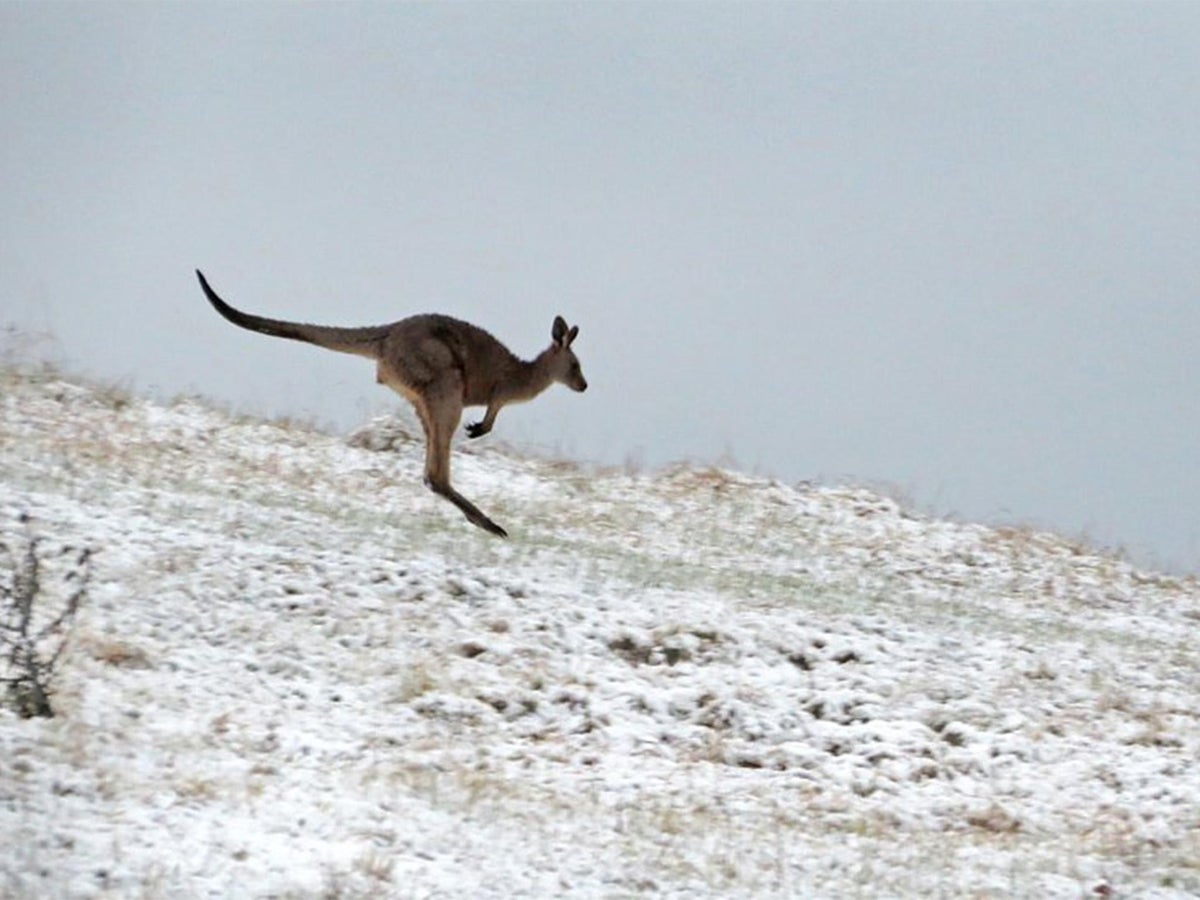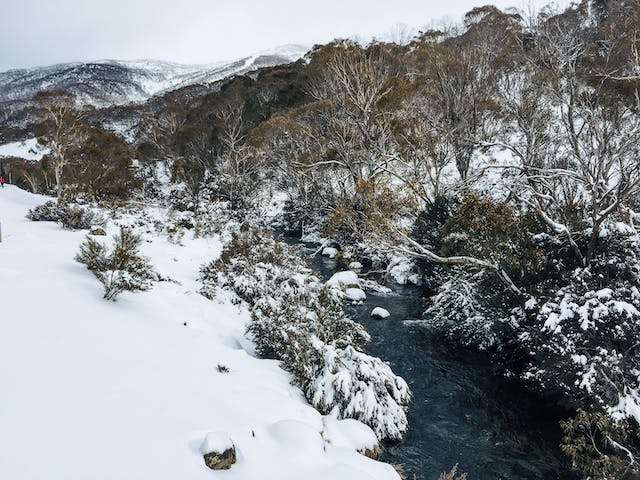Learn Which Parts Get the Frequent Snow In Australia During the Winter Months
Learn Which Parts Get the Frequent Snow In Australia During the Winter Months
Blog Article
Understanding the Significance of Snow in Australia for Farming and Tourism
While Australia is often linked with sun-kissed coastlines and arid wilderness, it additionally flaunts a wealth of snowy towering areas. As we explore this surprising junction, the prospective impact of moving climate patterns on Australia's snowfall and its succeeding impacts become a compelling emphasis.

The Unexpected Snowfall: Australia's Alpine Regions
When wintertime capes the world, Australia's Alpine regions wear a white mantle of snow, a spectacle that appears virtually paradoxical in this dominantly sun-baked land. Contrary to the stereotypical picture of Australia as a land of coastlines and deserts, these regions provide a unexpected and stunning contrast. The Australian Alps, stretching across New South Wales, Victoria, and the Australian Funding Territory, obtain more snowfall than Switzerland. This unexpected winter heaven uses a distinct ecosystem, providing an environment for numerous native varieties and a snowy play area for winter season sports fanatics. The annual snowfall, although not as bountiful as in some nations, is a vital element of Australia's environment variety and plays a considerable role in the nation's farming practices and tourism sector.
Winter season's Bounty: Snow's Contribution to Australia's Water Resources
In spite of its rarity in the broader landscape of Australia, snow in the Alpine areas plays an important duty in the country's water sources. Working as an all-natural reservoir, the snowpack shops water throughout the cold months, progressively launching it right into rivers and dams as it melts in warmer periods. This process makes sure a constant supply of water, helping in the stabilization of the nation's water cycle. This is especially vital for Australia, a continent frequently tormented by droughts. The snowmelt feeds right into the Murray-Darling Basin, a lifeline for numerous communities in the southeastern parts of the country. Without the bounty of winter months snow, Australia's water resources would be considerably strained, influencing both the environment and the populace.
White Blanket, Green Fields: The Impact of Snow on Australian Agriculture
Although less noticeable, the impact of snow on Australian farming is substantial. Snowfall in the high country works as a natural form of watering, progressively melting and giving a stable supply of water to lower-lying farmland. This water-rich environment fosters the growth of durable crops, adding to the nation's farming efficiency. In addition, snowfall improves soil health by introducing moisture and trapping nutrients, which are slowly released as the snow melts. This procedure enriches the dirt, cultivating the growth of healthier, a lot more resistant plants. Furthermore, snow cover serves as a protective covering, insulating the ground versus serious winter season temperature levels that can or else harm plants. Therefore, the function of snow in Australian agriculture is both diverse and vital.

Cold Cash Money: Snow Tourism and Its Economic Relevance in Australia
While the worth of snow to Australian farming is typically ignored, its payment to the go nation's tourist sector is without a doubt significant. The snow-laden optimals of Australia's alpine regions bring in a flurry of tourists every wintertime, adding millions to the national economy. Thus, the economic value of snow tourism in Australia extends far past the slopes.
Future Forecast: Climate Modification and Its Possible Results on Australia's Snowfall
As the globe faces the truth of environment adjustment, so too should Australia contemplate its potential impacts on the country's snowfall. Present clinical versions predict a decline in Australian snowfall, with possibly severe effect on both farming and tourist. In some areas, the snow period can be reduced by approximately 80 days by 2050. Such changes threaten the practicality of Australia's ski sector, which adds considerably to the regional economic climate. Less snowfall might also impact the nation's agricultural industry, as snowmelt plays a crucial duty in sprinkling crops. The potential effects of these modifications underline the urgency of environment change reduction initiatives, both in Australia and around the world.
Final Thought
Finally, snow is a crucial component of Australia's farming and tourism fields. It not just nourishes the country's agricultural landscape yet additionally gas its winter season tourism industry. The impending hazard of climate adjustment increases worries regarding the future of Australia's snowfall patterns, potentially interfering with these substantial financial industries. Understanding and attending to these difficulties is essential for the sustainability of Australia's economic situation and environment.

When wintertime capes the world, Australia's Alpine areas wear a white mantle of snow, a phenomenon that appears practically paradoxical in this dominantly sun-baked land.In spite of its resource rarity in the broader landscape of Australia, snow in the Alpine areas plays an essential role in the country's water sources. Without the bounty of winter months snow, Australia's water resources would be dramatically stressed, influencing both the atmosphere and the populace.
Thus, the economic value of snow tourism in Australia prolongs much Learn More past the slopes.
In conclusion, snow is a critical component of Australia's farming and tourist fields. Does Australia Get Snow.
Report this page